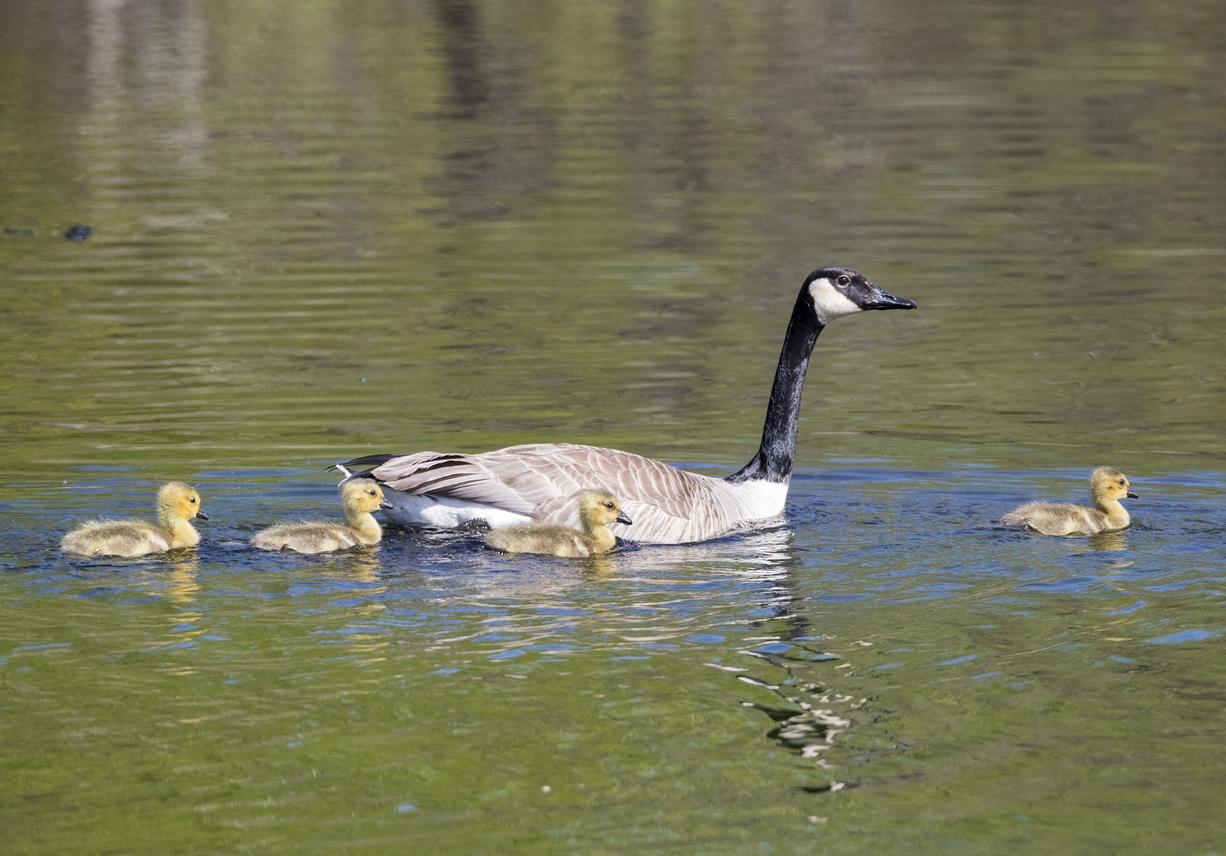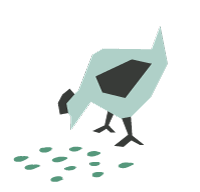I have fond memories of the tame ducks my mother had on the farm. It was entertaining to watch them waddle, as only ducks can do, down to the dugout in the morning.
Then there’s the wonderment of geese flying in formation as they migrate seasonally. Prairie skies are spectacular in so many ways.
Notwithstanding the nostalgia, what does this have to do with farm business management?
I like to drive to farm family meetings when I can. A benefit of driving is the ability to turn off the radio and focus my thinking.
As I was returning from my last meeting, my thoughts turned to leadership, which is a common area for discussion during meetings with farmers and farm families in general — either directly or indirectly in a management application sense.
Geese intentionally transfer the leadership role. The geese take turns at being in front — leading. The lead goose breaks the wind resistance, making it easier for others to follow. The leadership role changes as the birds take turns.
An interesting side benefit to this leadership formation is that it’s easier to keep track of every bird in the group, as opposed to one long line where the lead goose will have no idea what the last goose might be doing. In a long line, the lead goose would assume everyone is doing what they’re supposed to do, but would have difficulty knowing for sure.
Ducks appear more intentional in their leadership. One of the ducks gets in front and the others follow. The formation appears to have structure, but the lead duck doesn’t really know what the others behind it are doing.
I have no idea how ducks and geese determine who is the first to accept the leadership role. And my comments are not intended to trivialize farm business management and the importance of leadership provided to the business and family by drawing analogies to birds.
Having said that, though, I think a great many farms struggle with similar questions. Who is providing leadership? How is the leadership organized? Is there a plan to transition the leadership role, as formally structured or casual as it might be?
My observations from working with farms is that leadership roles are difficult and sometimes delicate issues.
A great many farms in transition struggle with the leadership role. In a rigid patriarch-type structure, the leadership role will have evolved because the farm will have changed over time, with one constant. Dad originally assumed the leadership role and has held it ever since.
This can become an issue when the farm is in (or needs to be in) active transition but Dad will not relinquish control.
Farms as businesses, and the family structures working within them, have changed markedly over the years. Some patriarch-type leaders have been able to adapt their leadership approach to reflect the changes while still firmly entrenched as the leader.
It can be much more dire when the father’s leadership role has not evolved or changed with the complexity of the farm business and family around it.
The takeaway here is that the duck style of leadership, where someone gets in front and expects everyone to follow, is generally not a great recipe for long-term success.
When the lead duck won’t give up the leadership role, the ducks in behind might break rank and do what they choose. Worse, they may go in a completely different direction. On a farm, that might mean next generation family members leave the business to pursue other career opportunities. It happens.
In theory, I’ve thought (and suggested to some farms) that they try the geese approach to transitioning leadership. Intentionally change it up. The idea is that changes in the leadership role will give others an opportunity to experience it and see if they enjoy it, and for everyone to see if it’s effective.
Could there be two geese in front? I suppose so, but which of the two do the others follow? That could easily lead to confusion.
It might be OK if both lead geese are firmly in agreement on where to take the flock. But what if they aren’t? The geese following will wonder about direction.
The discussion about leadership on farms reminds me of presentations I made to farm groups more than 20 years ago, when I suggested that effective human resource management would be one of the most significant management functions on a farm.
It took a few years, but farmers now readily identify human resources as an important area of focus; something that must be understood and figured out.
We’re at the same place with leadership. It’s going to be more top of mind as farm businesses become more complex. It may be time to get your ducks in a row. What will leadership look like on your farm?
If you would like to speak to one of our consultants about this topic, contact us.



